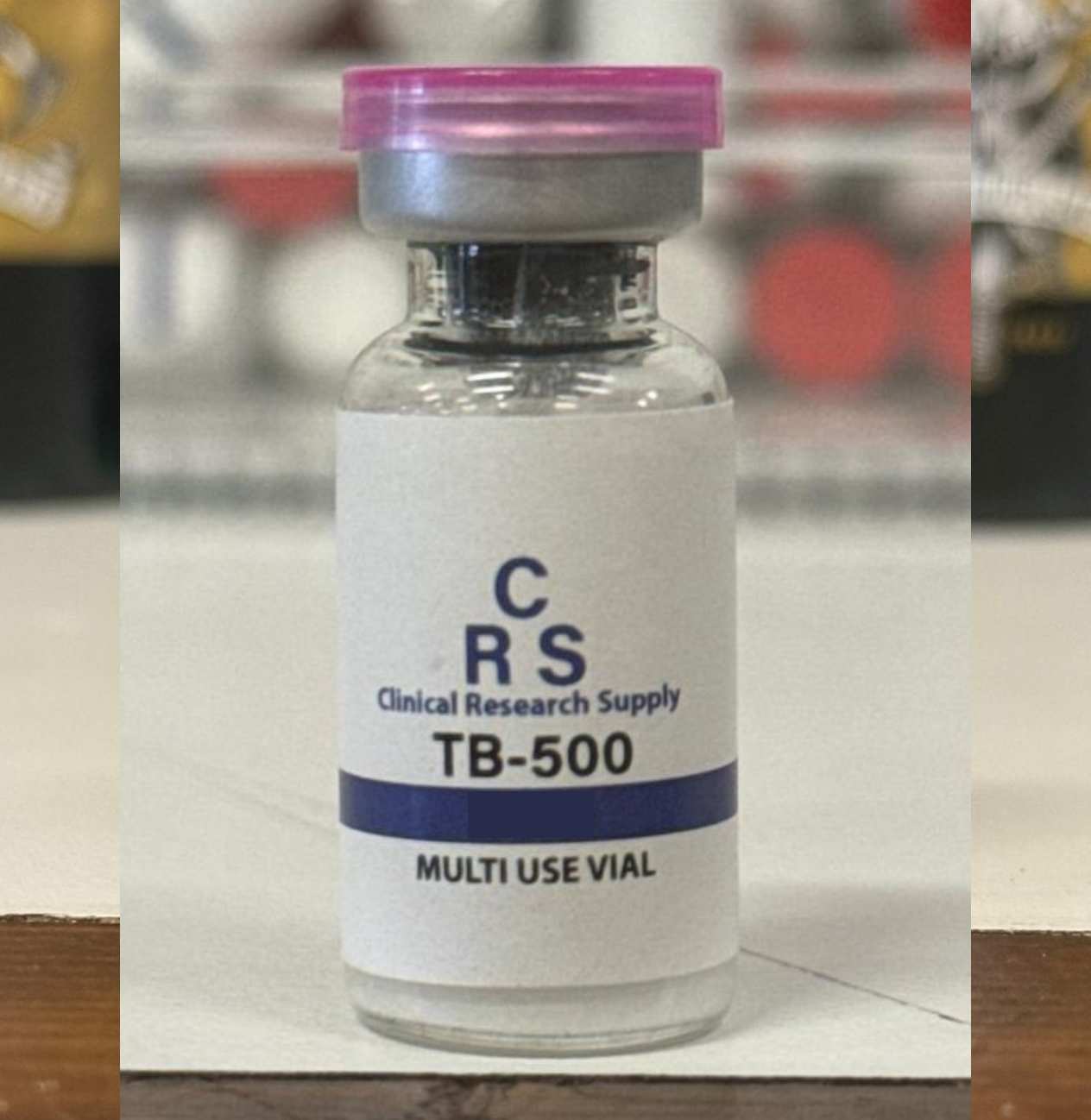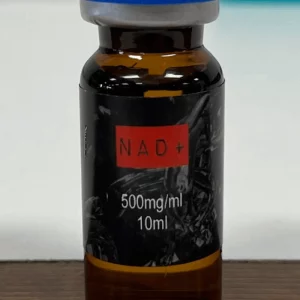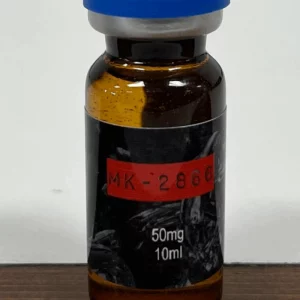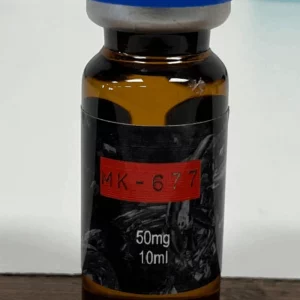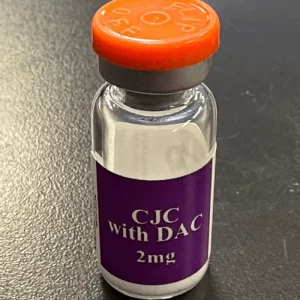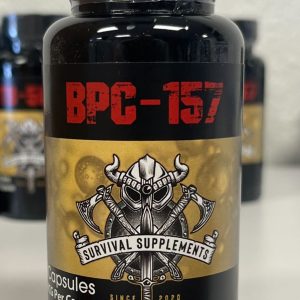TB-500 (5mg, 10mg)
$49.99 – $339.96Price range: $49.99 through $339.96
TB-500 is a synthetic fragment of thymosin beta-4, studied for its role in tissue repair, inflammation reduction, and angiogenesis. It is widely researched in musculoskeletal recovery, wound healing, and cardiovascular models.
Product Profile
-
Compound: TB-500 (Thymosin Beta-4 fragment)
-
Class: Synthetic peptide
-
Form: Lyophilized powder for reconstitution
-
Available concentrations: 5mg and 10mg vials
-
Application: Laboratory and experimental research
Mechanism of Action
-
Actin-binding protein activity – Enhances actin polymerization, crucial for cell migration and tissue repair.
-
Angiogenesis stimulation – Promotes new blood vessel formation, improving oxygen and nutrient delivery to injured tissue.
-
Anti-inflammatory effects – Reduces levels of pro-inflammatory cytokines.
-
Cytoprotective role – Protects cells under oxidative and metabolic stress.
Documented Research Outcomes
Tissue Regeneration
-
Accelerated wound closure in animal models.
-
Faster repair of damaged muscle fibers and tendons.
Angiogenesis & Cardiovascular Research
-
Promotes the formation of new capillaries in ischemic tissue.
-
Supports cardiac healing after myocardial infarction in preclinical studies.
Inflammation Control
-
Reduces joint inflammation markers.
-
Enhances mobility in arthritic models.
Musculoskeletal Performance
-
Improves recovery time after tendon, ligament, and muscle injury.
-
Supports endurance via improved circulation and oxygen delivery.
Comparative Notes: 5mg vs 10mg Vials
-
5mg vial: Typically used in small-scale or acute research models.
-
10mg vial: Suitable for extended research cycles or larger animal models requiring higher dosing.
TB-500 Research FAQs
1. What is TB-500?
TB-500 is a synthetic peptide derived from thymosin beta-4, researched for regenerative and anti-inflammatory properties.
2. What is the main function of TB-500 in studies?
It enhances tissue repair and angiogenesis, accelerating recovery from musculoskeletal and cardiovascular injury models.
3. How does TB-500 promote healing?
By binding to actin, TB-500 enhances cell migration and stimulates the formation of new blood vessels, thereby improving tissue regeneration rates.
4. What are the available vial sizes?
This peptide is supplied in 5mg and 10mg lyophilized vials.
5. How is TB-500 studied in cardiovascular research?
It has been evaluated for cardiac repair post-myocardial infarction, improving survival rates and tissue recovery in animal studies.
6. Does TB-500 reduce inflammation?
Yes. Studies document lower cytokine activity and reduced swelling in models of joint and tendon injury.
7. How does TB-500 affect musculoskeletal performance?
TB-500 enhances endurance and recovery by improving blood flow and oxygenation through angiogenesis.
8. What cycle lengths are reported?
Research cycles commonly last 4–8 weeks, depending on injury model and study design.
9. How does TB-500 compare to BPC-157?
-
TB-500: More effective in systemic repair and angiogenesis.
-
BPC-157: More focused on localized tendon and ligament healing.
| Selection |
5mg ,10mg ,5mg Buy 4 Get 1 Free ,10mg Buy 4 Get 1 Free |
|---|

